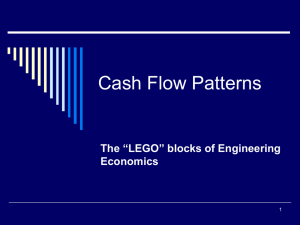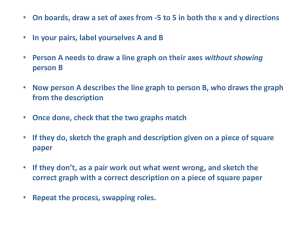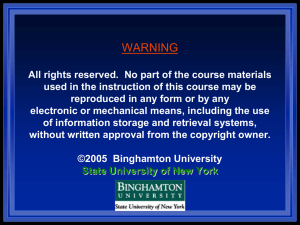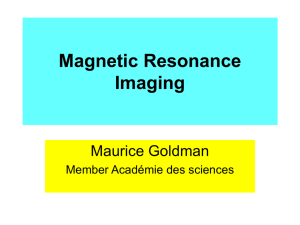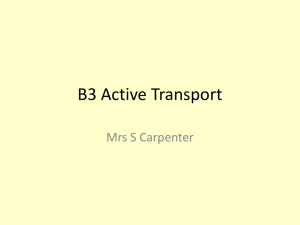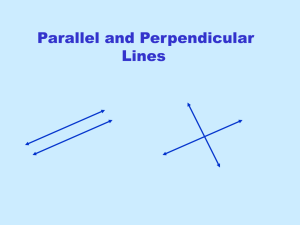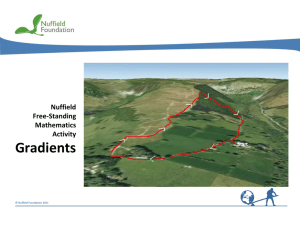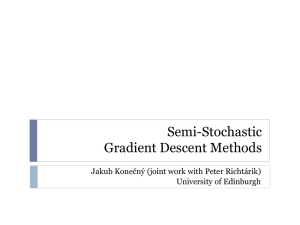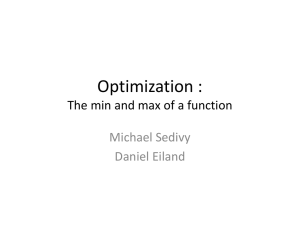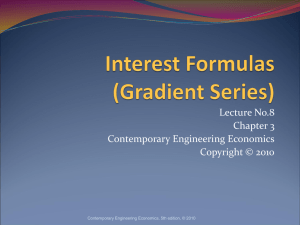Cash Flow Diagram
advertisement
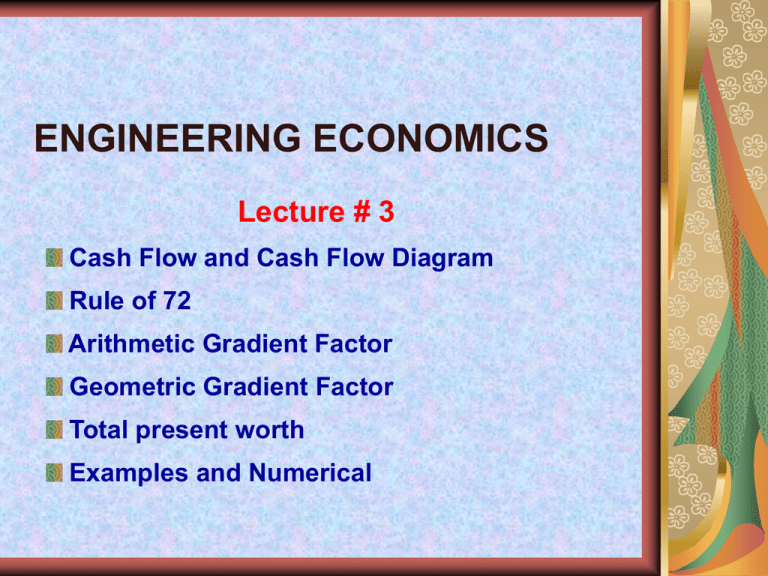
ENGINEERING ECONOMICS Lecture # 3 Cash Flow and Cash Flow Diagram Rule of 72 Arithmetic Gradient Factor Geometric Gradient Factor Total present worth Examples and Numerical Cash Flow Engineering projects generally have economic consequences that occur over an extended period of time Each project is described as cash receipts or disbursements (expenses) at different points in time For any practical engineering economy problems, the cash flows must be:Known with certainty Estimated Range of possible realistic values Generated simulation from assumed distribution and Categories of Cash Flows The expenses and receipts due to engineering projects usually fall into one of the following categories: First cost: expense to build or to buy and install Operations and maintenance (O&M): annual expense, such as electricity, labor, and minor repairs Salvage value: receipt at project termination for sale or transfer of the equipment (can be a salvage cost) Revenues: annual receipts due to sale of products or services Overhaul: major capital expenditure that occurs during the asset’s life Cash Flow Diagrams The costs and benefits of engineering projects over time are summarized on a cash flow diagram (CFD). Specifically, CFD illustrates the size, sign, and timing of individual cash flows, and forms the basis for engineering economic analysis A CFD is created by first drawing a segmented time-based horizontal line, divided into appropriate time unit. Each time when there is a cash flow, a vertical arrow is added pointing down for costs and up for revenues or benefits. The cost flows are drawn to relative scale An Example of Cash Flow Diagram A man borrowed $1,000 from a bank at 8% interest. Two end-of-year payments: at the end of the first year, he will repay half of the $1000 principal plus the interest that is due. At the end of the second year, he will repay the remaining half plus the interest for the second year. Cash flow for this problem is: End of year Cash flow 0 +$1000 1 -$580 (-$500 - $80) 2 -$540 (-$500 - $40) Cash Flow Diagram $1,000 1 2 0 $580 $540 Important Aspects of CFD Extremely valuable analysis tool First step in solution process Graphical representation on a time scale Does not have to be drawn to exact scale Information in one glance Cash Flow Diagram Used to describe any investment opportunity. Inflow (revenue) Outflow (costs) 0 P Make an initial investment (purchase) at “time 0” Cash Flow Diagram The net amount is written on the cash flow diagram 0 P 1 2 T Receive revenues and pay expenses over time. Cash Flow Diagram 0 P 1 2 T Write as a NET cash flow in each period. Cash Flow Diagram SV 0 P 1 2 T Receive salvage value at end of life of project. Time Value of Money Generally, money grows (compounds) into larger future sums and is smaller (discounted ) in the past Compound Interest and Cash Flow Diagrams Example: P=$1000, i=10%, compounded annually. How much accrued after two years? F = 1210 0 1 2 P = 1000 In general: F = P(1+i)n Steps to Solve Time Value of Money Problems 1. Read problem thoroughly 2. Create a time line 3. Put cash flows and arrows on time line 4. Determine if it is a PV or FV problem 5. Determine if solution involves annuity 6. Solve the problem Rule of 72 Investors most often ask How long will it take for my investment to be doubled in the value? Can I have a known or assumed compound interest rate in advance? Rule of 72 The approximate time for an investment to be doubled in value given the compound interest rate is n = 72 / i For example if i = 13% then time = 72 / 13 = 5.54 years Rule of 72 One can estimate the future required interest rate for an investment to be doubled in value over time i = 72 / n Assume that we want the investment to be doubled in 3 years i = 72 / 3 = 24% Arithmetic Gradient It is a cash flow series that either increases or decreases by constant amount The cash flow changes by arithmetic amount each period the same The amount of increase or decrease is the gradient If it is predicted that the cost of NOKIA mobile will increase by Rs 2000 each year, a gradient series is involved and the amount of gradient is Rs 2000 G = Constant arithmetic change (+ or -) Arithmetic Gradient - Formulae i = annual interest rate n = interest period P = present principle amount A = Equal annual payments F = Future amount G = Annual change or gradient Factors F / P = Single payment future worth factor P / F = Single payment present worth factor F / A = Equal payment series future worth factor A / F = Equal payment series sinking fund factor P / A = Equal payment series present worth factor A / P = Equal payment series capital recovery factor A / G = Arithmetic gradient series factor F / G = Arithmetic gradient future worth factor P / G = Arithmetic gradient present worth factor Geometric Gradient factor (only definition) Total Present Worth in Gradient Problems (Pt) The total present worth of a gradient series must consider the base and the gradient separately The base amount is the uniform series amount that begins in year 1 and extends through year n. It is represented by P1 For an increasing gradient, the gradient amount must be added to the uniform series amount. It is represented by P2 For a decreasing gradient, the gradient amount must be subtracted from the uniform series amount. It is represented by –P2 Pt = P1 + P2 Pt = P1 – P2 F / P = Single payment future worth factor n F = P (1 + i) F / P = (1 + i)n P / F = Single payment present worth factor 1 / (1 + i)n = P/F F / A = Equal payment series future worth factor What will be the future worth of an amount of $ 100 deposited at the end of each next five years and earning 12 % per annum? A / F = Equal payment series sinking fund factor It is desired to accumulate $ 635 by making a series of five equal annual payments at 12 % interest annually, what will be the required amount of each payment? P / A = Equal payment series present worth factor A / P = Equal payment series capital recovery factor A car has useful life of 5 years. The maintenance cost occurs at the end of each year. The owner wants to set up an account which earns 12 % annually on an amount of $ 3604 to cater for this maintenance cost. What is the maintenance cost per annum? Geometric Gradient It is common for cash flow series such as operating cost, construction cost and revenues to increase or decrease by a constant percentage such as 10 % This uniform rate of change in %age is called geometric gradient = g g = constant rate of change in %age or decimal form by which amount increase or decreases from one period to other Thank You
